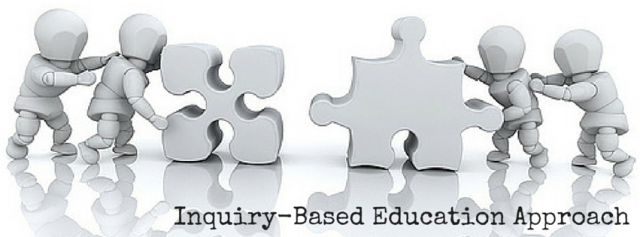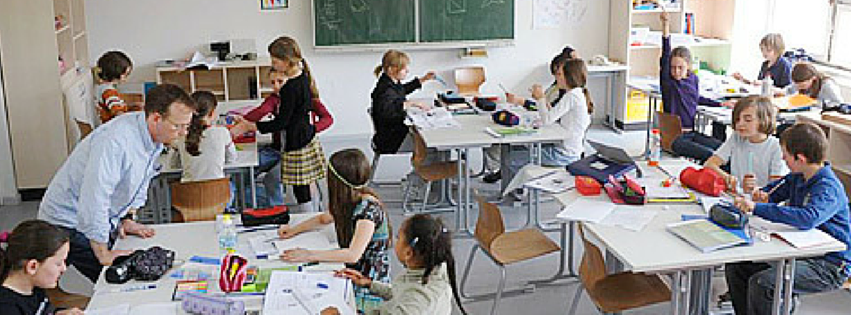What is project work?
Let’s imagine for a moment that your daughter, who is in grade two, says that her current assignment is making postcards in class, and it is expected to take three days. Would you wonder about the teacher’s judgement and the quality of education?Before dismissing her teacher as a failure, let’s take a closer look at project work to get a better sense of what it is and how it benefits students’ learning.
All project works should have three elements: question, activity and artifact. In the example above, the postcard is the artifact. Without teacher’s explanation, it can seem like students are doodling in a teacher-free classroom. If it is true project work, however, the teacher carefully guides students’ work towards the result through asking a question and then giving them guidelines about an activity. While the students are completing the activity, they are exploring, researching, and problem-solving, and here is where the true benefits of project work emerge.
If you were sitting in the classroom while the teacher was introducing the project, you might get a better sense of its educational value. First, the teacher asks students the question, “What would you write on a postcard from Vancouver to send to someone who has never been here?” In response, students and teacher might discuss together the most important things to include on a postcard. This brainstorm session would result in a rubric for the postcard and may include such details as: greetings, date, signature, address, and 5-10 facts about Vancouver. Then the teacher would tell students that they were to research one city or town in Canada and then design and write a postcard from that place to someone who had never been there before. Details to include about the place might be: language, animals, geography, sightseeing, and weather. The students would then complete the research required to write a believable postcard, and finally complete the design and writing on the card.
Benefits of Project-based Learning

Project work engages students in an investigative process. Given the example above you can see that the teacher engaged students’ interest by asking a question. Then the students worked together as a class to create the activity guidelines. The teacher then directed students to create their postcard. Through this process, the students discover more information, and in this way the knowledge emerges rather than being passed down from teacher to student.
Project work is an example of inquiry-based class work, which has been proven to be more engaging to students than traditional learning activities. Teachers facilitate a collaborative learning process, and act more like coaches than instructors as students navigate their way through the process of finding a solution to a problem or question. When students are given a challenging task, they must become active learners who utilize their problem-solving capabilities, push themselves to discover more and therefore tap into their intrinsic motivation. Students begin to become more self-aware about their learning processes and strategies, and work to become more efficient learners. All of this results in real enjoyment and true understanding.


